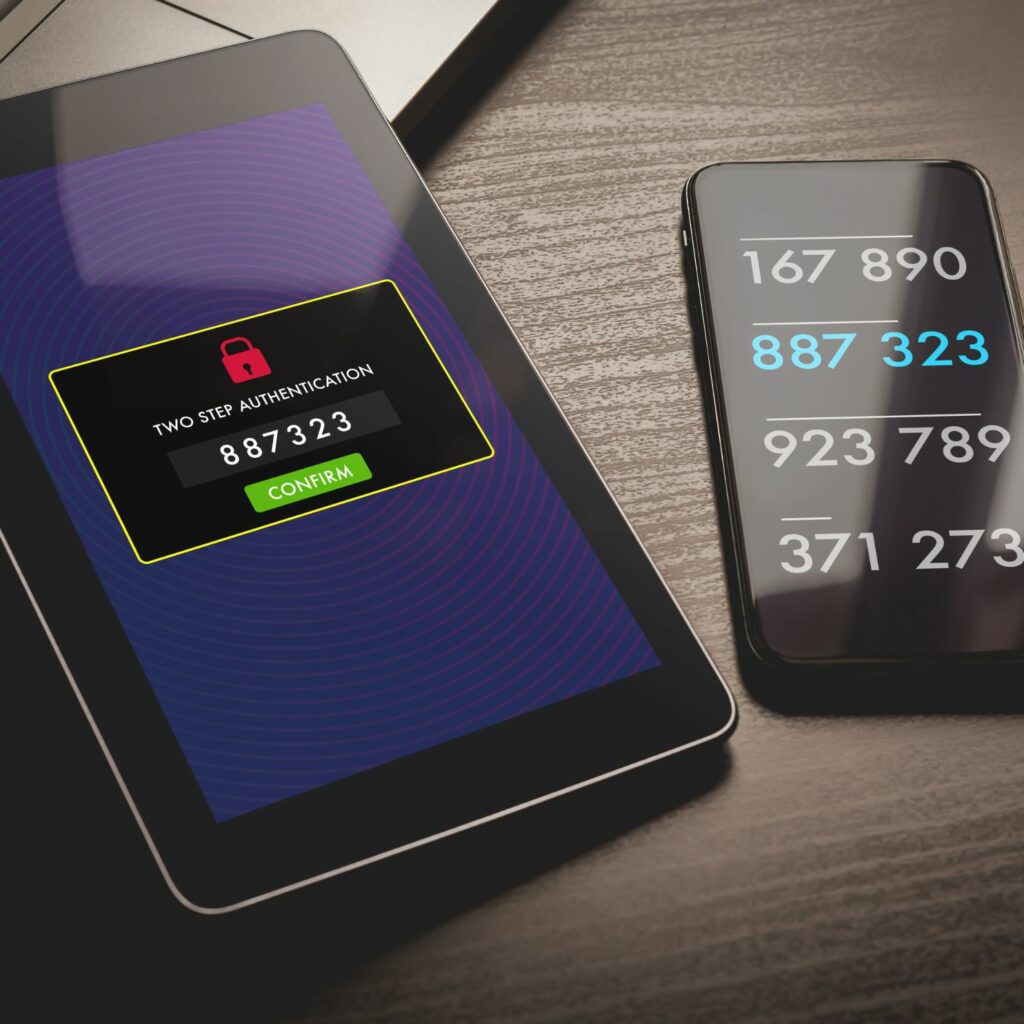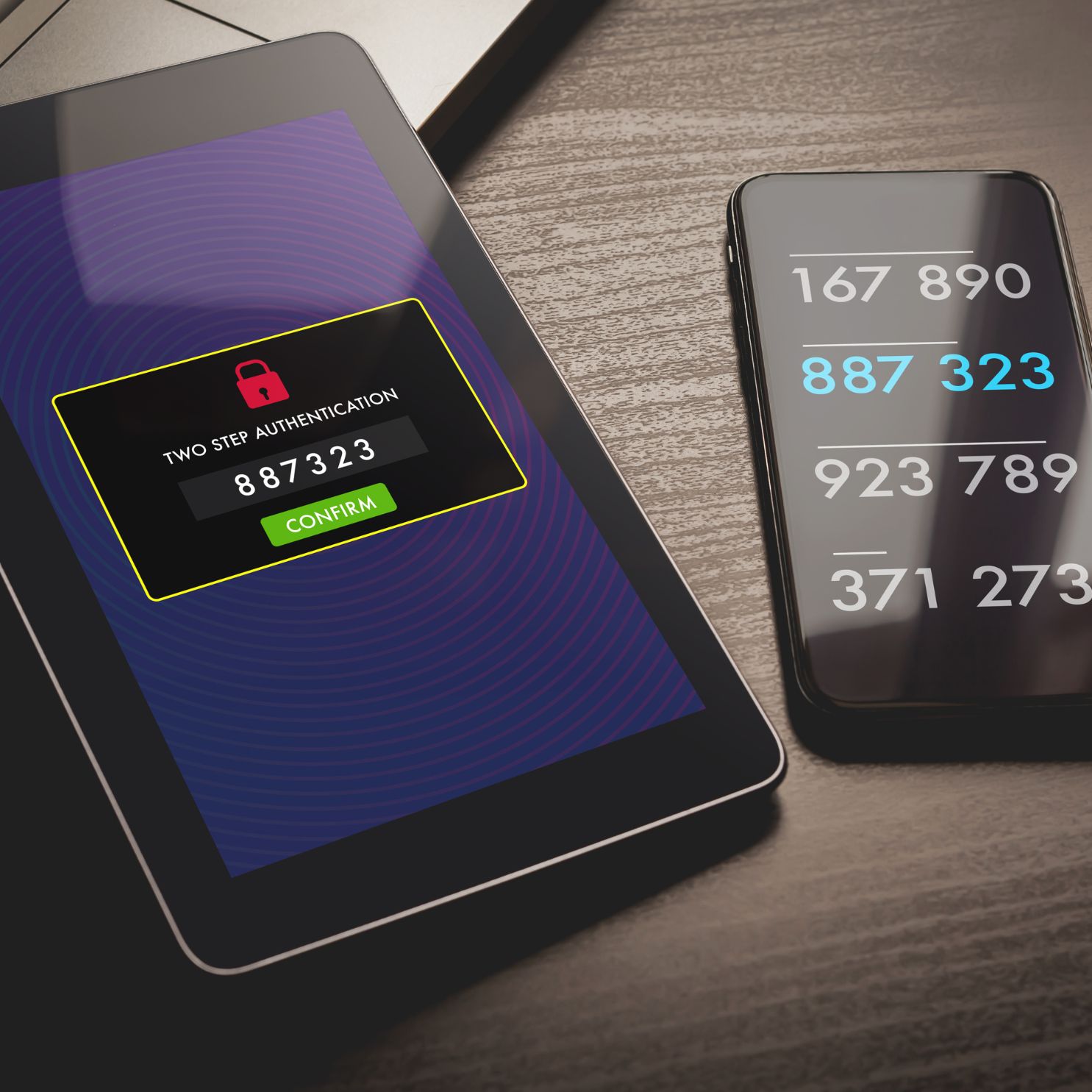
In the realm of cybersecurity and access management, the terms “authentication” and “authorization” play critical roles in safeguarding sensitive information and resources. While often used interchangeably, they serve distinct purposes in ensuring data integrity, confidentiality, and system security. Let’s delve into the definitions, differences, and their significance in modern digital environments.
What is Authentication?
Authentication is the process of verifying the identity of a user or system entity attempting to access a resource. It confirms that the user is indeed who they claim to be before granting access. Authentication typically involves presenting credentials such as:
- Passwords: Traditional method requiring users to enter a secret password.
- Biometrics: Utilizing unique physical characteristics like fingerprints or facial recognition.
- Two-Factor Authentication (2FA): Combining two different authentication methods for enhanced security.
- Certificates: Digital certificates issued by trusted authorities.
Importance of Authentication:
- Prevents Unauthorized Access: Effective authentication mechanisms ensure only authorized users can access sensitive data and resources, mitigating the risk of data breaches.
- User Accountability: By verifying user identities, authentication holds individuals accountable for their actions within the system, aiding in audit trails and forensic investigations.
- Enhances Trust: Establishing strong authentication measures builds trust with users and stakeholders, demonstrating commitment to data security and privacy.
What is Authorization?
Authorization, on the other hand, follows authentication and determines the actions and resources a verified user can access. It involves granting permissions based on:
- Roles: Assigning specific roles (e.g., admin, user, guest) with predefined access rights.
- Attributes: Using user attributes (e.g., department, seniority) to tailor access permissions.
- Policies: Implementing access control policies that dictate who can access what resources under what conditions.
Importance of Authorization:
- Granular Access Control: Authorization ensures that users have appropriate access privileges based on their roles and responsibilities, limiting exposure to sensitive data.
- Data Protection: By enforcing access restrictions, authorization helps prevent unauthorized modifications, deletions, or disclosures of critical information.
- Compliance Adherence: Many regulatory frameworks require organizations to implement robust authorization controls to protect sensitive data and ensure compliance with legal requirements.
Authentication vs Authorization: Key Differences
- Focus: Authentication focuses on verifying identity, while authorization focuses on determining access rights.
- Sequence: Authentication precedes authorization in the access control process.
- Scope: Authentication is a broader process encompassing identity verification methods, whereas authorization is specific to granting or denying access permissions.
Best Practices for Secure Access Management:
- Implement Multi-Layered Authentication: Utilize multiple authentication factors (e.g., password + biometrics) for enhanced security.
- Adopt Principle of Least Privilege: Grant minimal access necessary for users to perform their roles effectively, reducing the risk of privilege escalation.
- Regularly Review and Update Policies: Stay proactive by reviewing and updating authentication and authorization policies to address evolving security threats and compliance requirements.
Conclusion
Authentication and authorization are fundamental pillars of cybersecurity, working in tandem to protect digital assets and maintain data integrity. By understanding their distinctions and implementing robust access management practices, organizations can fortify their defenses against unauthorized access and cyber threats. Embracing best practices ensures a secure, compliant, and trusted environment for users and stakeholders alike.













